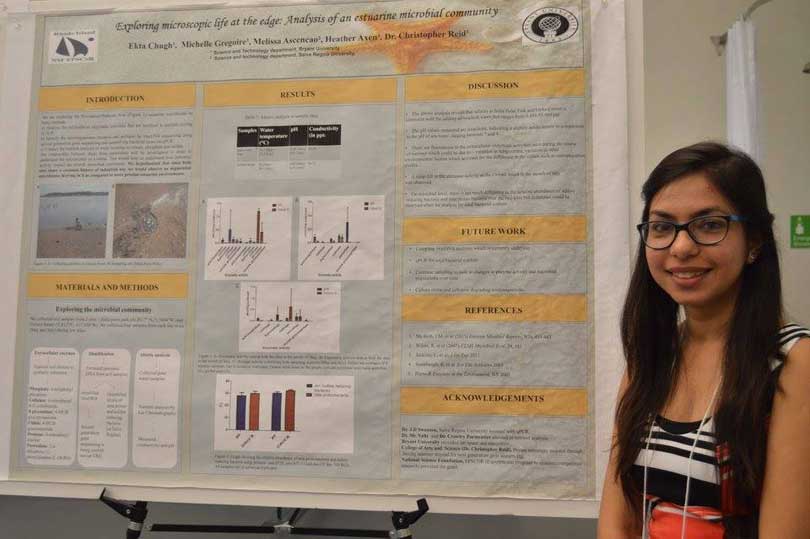SMITHFIELD, R.I. – Two premier projects of the historic Bryant Builds initiative, which has already generated record philanthropic support and resulted in the completion of more than 250,000 square feet of new facilities, will be celebrated and dedicated on September 23-24, Bryant’s homecoming weekend. Under the leadership of Bryant President Ronald K. Machtley, in his 21st year at the University, Bryant Builds is the largest and most transformative facilities initiative since Bryant’s move from Providence to Smithfield 45 years ago. The construction is made possible by unprecedented levels of philanthropic support for Bryant’s capital campaign, Expanding the World of Opportunity: The Campaign for Bryant’s Bold Future, which has already raised more than $62 million towards the campaign’s $75 million goal.
Answering the call for innovative leaders prepared with skills essential for the 21 st century, Bryant will unveil its trailblazing Academic Innovation Center on September 23, 2016, at 1 p.m. The grand opening will feature demonstrations of innovative teaching styles and tours of the facility.


